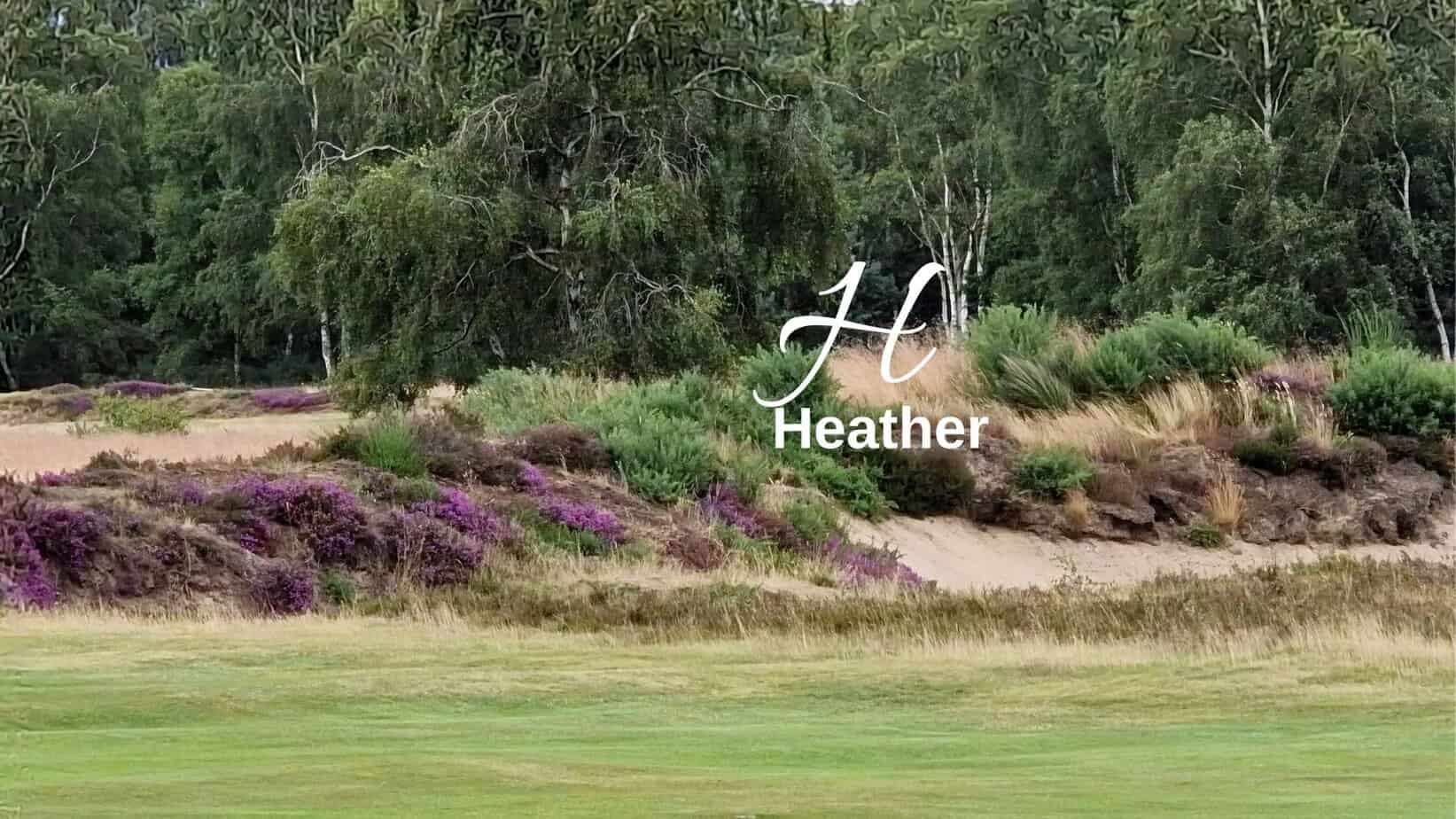Biodiversity lexicon: H for heath
Golf courses with large areas of heathland are some of the most famous in the world: Sunningdale Golf Club in Greater London is just one of numerous courses in the Surrey region, which is proliferating with so-called heathland courses. From a purely playing point of view, the heathland is treacherous from a golfer’s perspective, as the club can get caught extremely quickly here. Visually, however, flowering heathland on golf courses is a real unique selling point.
Heathlands are considered to be particularly valuable ecological habitats, as they allow for an exceptionally high diversity of species on nutrient-poor soils. Heaths are characterized by open, light-flooded areas with dwarf shrubs such as heather(Calluna vulgaris) or crowberry. This type of vegetation provides a habitat for specialized animal and plant species that have little chance of survival in other ecosystems – such as the heath long-horned bee, the nightjar or the adder.
Its particular value for biodiversity lies in the combination of sparse vegetation, dryness and open structures, which create many ecological niches. Without regular maintenance through grazing or scrub clearance, the heathland would become overgrown and lose its biodiversity.
Subscribe to our newsletter!
News & trends about sustainability in golf
In Europe, heather is particularly widespread in the Atlantic regions. Great Britain – especially Scotland – is home to the largest areas of heathland in Europe. Ireland, the Netherlands, Denmark and western France also have large areas of heathland. In Germany, the largest areas are in north-western Germany, for example in the Lüneburg Heath.
On golf courses, especially those with sandy soil, attempts are repeatedly made to reintroduce heather in these regions, but this is not easy. Two main methods are used: Planting and seed transfer. Both approaches have their advantages and disadvantages, which must be weighed up depending on the objective and site conditions. In the case of planting, heather plants are planted at predetermined locations. The plants are usually pre-grown in nurseries and then distributed over the area. The advantage is that the greening of the areas is quicker and the plants are less susceptible.
Conventional seed transfer, on the other hand, promotes natural regeneration. Here, seed is harvested from existing heathland areas and transferred to the selected areas. This seed often contains seeds of different heather species and companion plants, which promotes genetic diversity. The plants grow under local conditions from the outset and are often more resistant in the long term. However, the full development of the vegetation can take years to decades. Environmental factors such as precipitation, temperature or competition from other plants have a strong influence on success. Soil preparation is also often necessary for germination, for example by flattening or removing turf.
Patience is also required: three to five years must be allowed for good, visible success in heather development.








